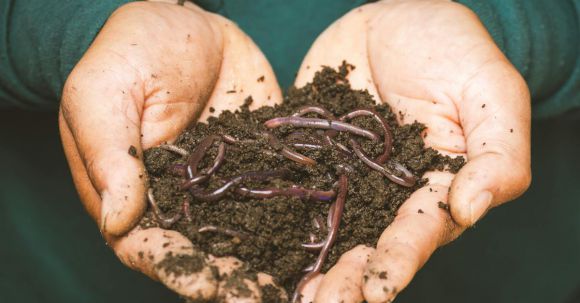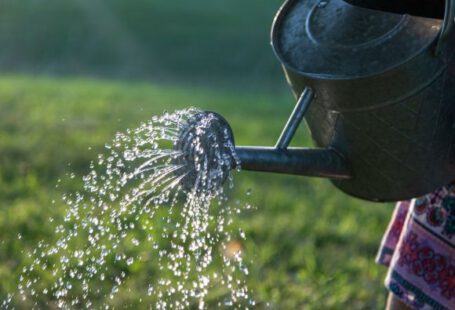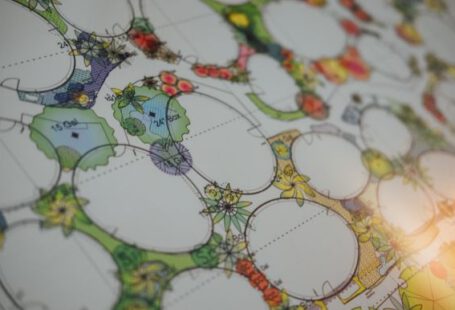Compost is a valuable organic material that can greatly improve the health and fertility of your soil. It is rich in essential nutrients and beneficial microorganisms that can enhance plant growth and overall soil structure. Incorporating compost into your soil is a simple and effective way to promote a thriving garden or landscape. In this article, we will explore the various methods and techniques for incorporating compost into your soil.
Understanding the Benefits of Compost
Before we delve into the methods of incorporating compost, it is important to understand the benefits it provides to your soil. Compost improves soil structure by adding organic matter, which helps to retain moisture and prevent erosion. It also enhances the nutrient content of the soil, making it a vital component for healthy plant growth. Additionally, compost contains beneficial microorganisms that aid in breaking down organic matter and releasing nutrients for plants to absorb.
Preparation
Before incorporating compost into your soil, it is essential to prepare the area properly. Start by removing any weeds or debris from the soil surface. This will prevent unwanted plants from competing with your desired plants for nutrients. Next, loosen the soil using a garden fork or tiller. This will create a better environment for plant roots to penetrate and allow the compost to mix more thoroughly with the soil.
Top Dressing
One of the simplest ways to incorporate compost into your soil is through top dressing. This method involves spreading a layer of compost over the soil surface and allowing it to naturally work its way down into the soil. To top dress your soil, evenly distribute a layer of compost that is around one to two inches thick. Avoid piling the compost too close to the stems or trunks of plants, as this can cause rot or disease. Once applied, the compost will gradually break down and integrate with the soil.
Incorporation with a Garden Fork
For a more immediate incorporation of compost into your soil, you can use a garden fork to mix it in. Start by applying a layer of compost over the soil surface, then use the garden fork to gently lift and turn the soil. This process helps the compost to mix with the soil more thoroughly, ensuring that the nutrients and microorganisms are evenly distributed. Repeat this process until the compost is well incorporated and the soil is thoroughly mixed.
Using a Tiller
If you have a large area to cover, using a tiller can be a time-saving option. A tiller is a motorized machine that breaks up the soil and mixes in the compost. Begin by applying the compost over the soil surface, then use the tiller to work the compost into the soil. Be sure to follow the manufacturer’s instructions for operating the tiller safely. After tilling, the compost will be evenly mixed with the soil, ready for planting.
Conclusion: The Benefits of Incorporating Compost
Incorporating compost into your soil is a simple and effective way to improve its health and fertility. Whether you choose to top dress, use a garden fork, or a tiller, the benefits of incorporating compost are numerous. By adding organic matter, enhancing nutrient content, and introducing beneficial microorganisms, compost can greatly enhance the growth and vitality of your plants. So, make the most of this valuable resource and start incorporating compost into your soil today!





